Today in Aviation History: First Flight of the Consolidated B-24 Liberator
Vintage Aviation News
DECEMBER 29, 2024
Davis, who had developed a new wing, whose airfoil had a lower drag co-efficiency than other wing designs of the time, and which had already been used on the company’s Model 31/XP4Y Corregidor flying boat. Bill Wheatley, Consolidated’s Chief Test Pilot, co-pilot George Newman, and flight engineers Jack Kline and Bob Keith.

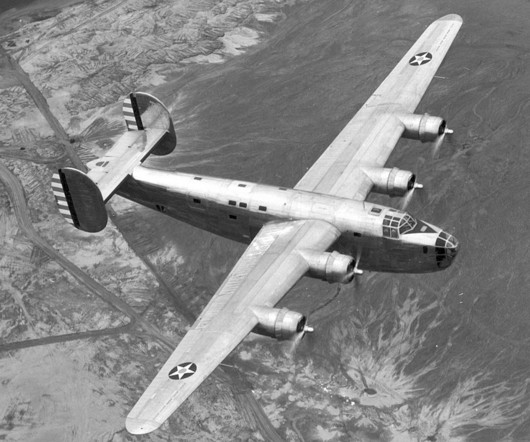
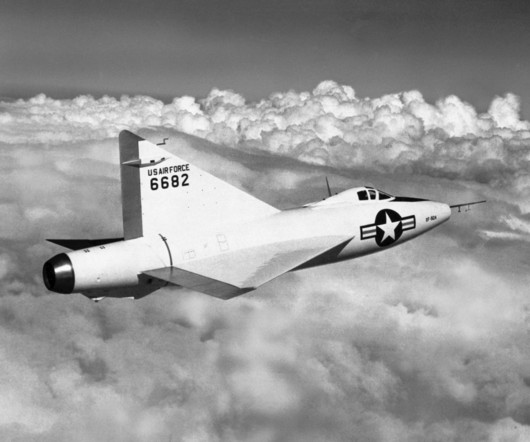

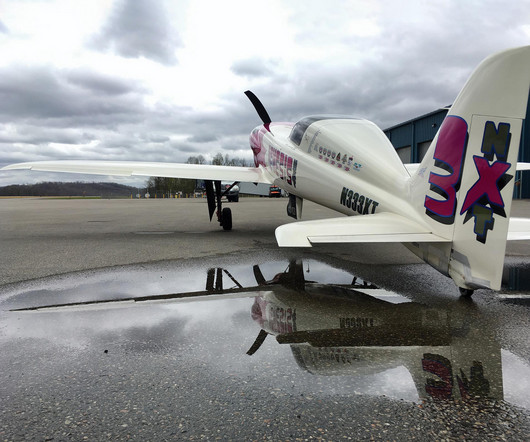
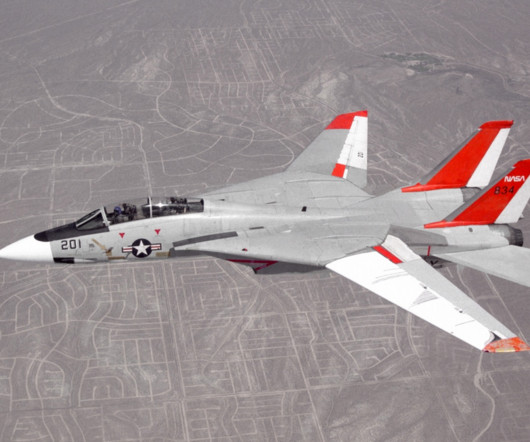
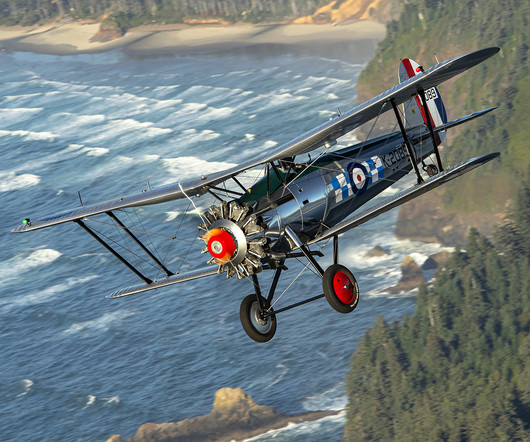

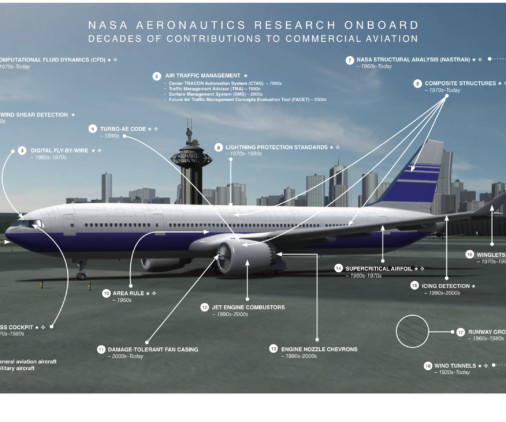


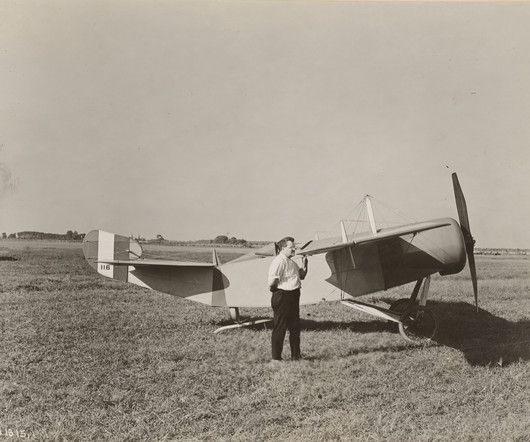

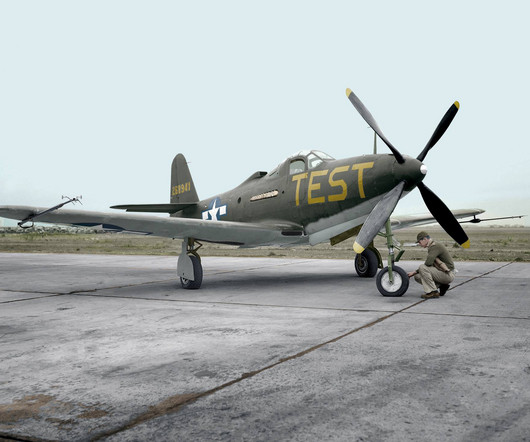







Let's personalize your content